Optimal Seasons for Waterproofing
Waterproofing is a crucial process to protect structures from water intrusion, which can cause damage, mold growth, and structural weakening. Proper timing of waterproofing applications ensures optimal adhesion and effectiveness, extending the lifespan of the building or surface.
Spring and early summer are ideal due to moderate temperatures and lower humidity, allowing materials to cure properly.
Cold temperatures can hinder the curing process and reduce adhesion, making waterproofing less effective in winter.
Dry weather ensures proper application and bonding of waterproofing membranes, preventing future water intrusion issues.
Rain, snow, and high humidity can compromise waterproofing efforts; scheduling during dry periods is recommended.

Proper application during suitable weather conditions ensures maximum effectiveness.
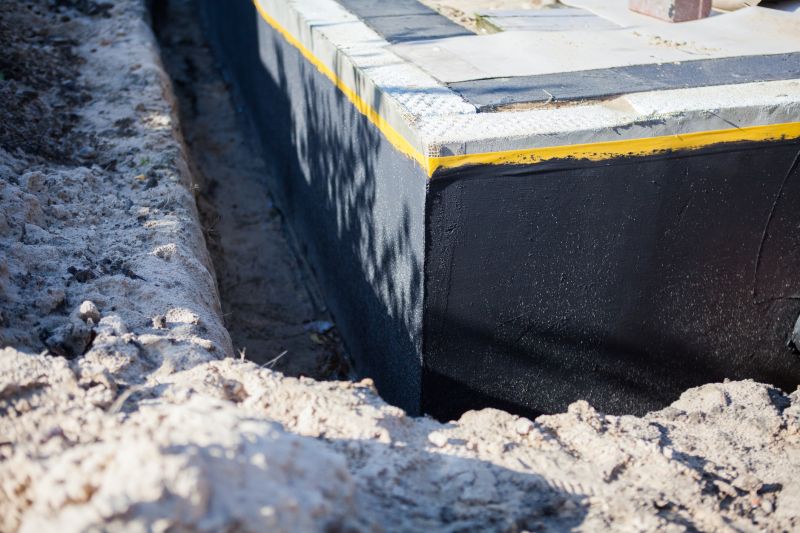
Cleaning and drying surfaces before waterproofing enhances adhesion and durability.
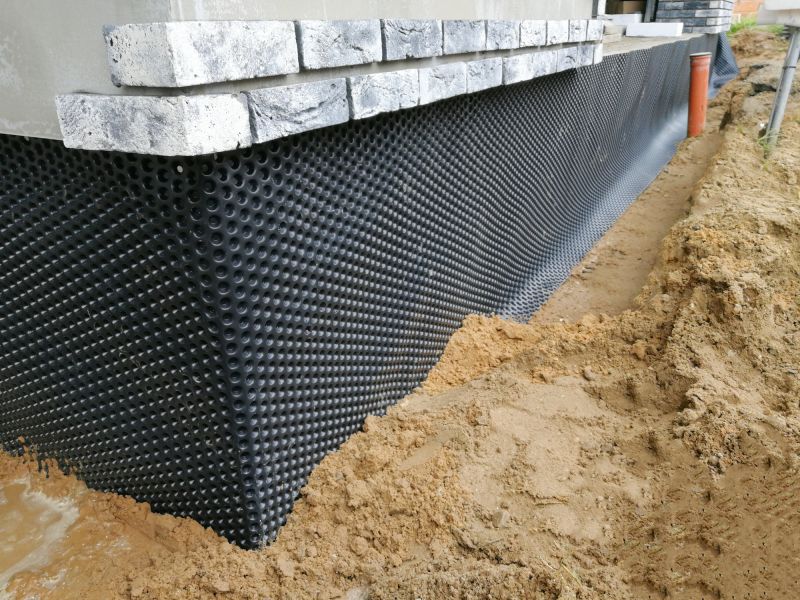
Allowing adequate curing time during optimal weather prevents future water penetration.
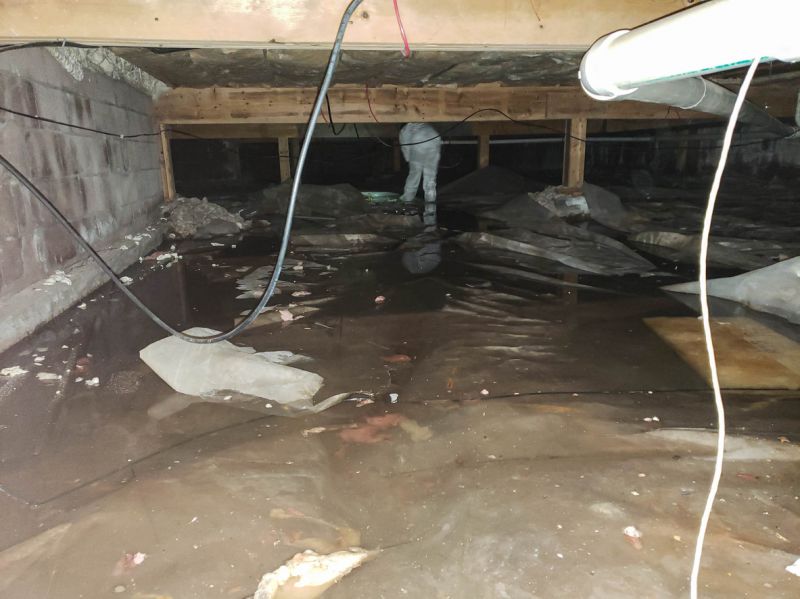
Ways to make Waterproofings work in tight or awkward layouts.

Popular materials for Waterproofings and why they hold up over time.

Simple add-ons that improve Waterproofings without blowing the budget.
Waterproofings are essential for protecting foundations, roofs, basements, and other structures from water damage. They involve applying specialized membranes, coatings, or sealants designed to resist water penetration. Proper waterproofing can significantly reduce repair costs, prevent structural deterioration, and maintain building integrity.
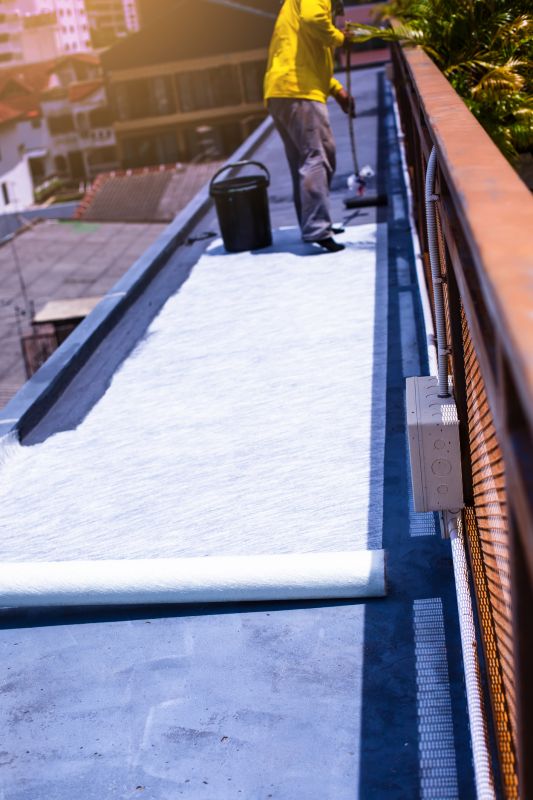
Ensuring the right conditions during application maximizes waterproofing effectiveness.
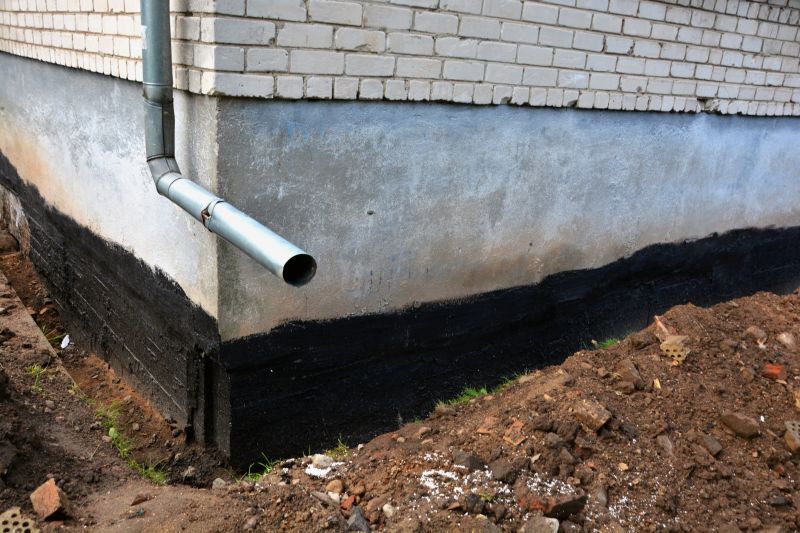
Using high-quality coatings during suitable weather prevents water intrusion.
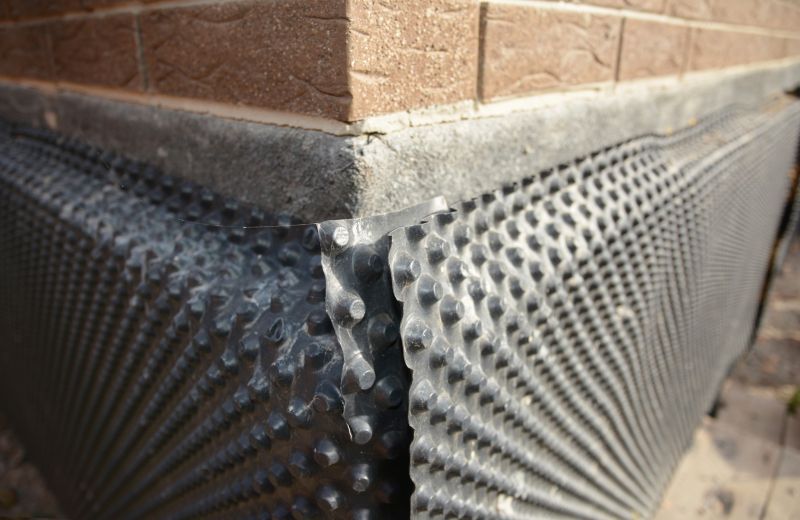
Regular inspections help identify and address potential issues early.

Selecting appropriate materials based on climate and surface type ensures durability.
| Aspect | Details |
|---|---|
| Spring | Optimal for waterproofing due to mild weather and low humidity. |
| Summer | Suitable in early summer; avoid peak heat hours. |
| Fall | Good for waterproofing before colder weather sets in. |
| Winter | Not recommended due to low temperatures and precipitation. |
| Rainy Season | Avoid scheduling waterproofing projects during heavy rain. |
| Dry Periods | Ideal for application and curing processes. |
Choosing the right time for waterproofing maximizes the longevity and effectiveness of the treatment. Proper planning around weather conditions ensures that materials adhere properly and cure fully, preventing future water intrusion issues. Regular maintenance and inspections further enhance the durability of waterproofed surfaces.
Those interested in waterproofing services are encouraged to contact for detailed assessments and scheduling. Proper timing and application are key to achieving lasting protection against water damage in Warrenton, MO.

